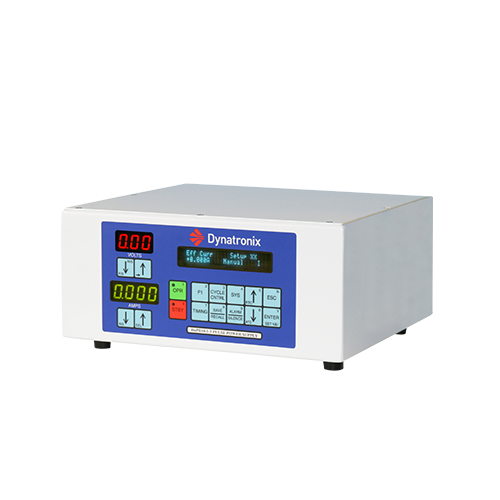- What does DUPR stand for? List of 1 DUPR definition. Top DUPR abbreviation meaning updated December 2020.
- EduPR is an app that offers access to Pre-K to 12 interactive lessons and resources for math, science, spanish, english and history for free. Our goal with EduPR is to provide access to quality educational materials for those suffering from the recent ravages of earthquakes in Puerto Rico.
The n°1 flat fee Real Estate service in Quebec. Buy your dream house. Sell/Rent your house, apartment, cottage or condo COMMISSION-FREE directly with DuProprio!
Mining, production, shipments, and sales

U.S. uranium mines produced 0.17 million pounds of triuranium octoxide (U3O8), or uranium concentrate [1], in 2019, 76% less than in 2018. The production of uranium concentrate is the first step in the nuclear fuel production process. The U3O8 is then converted into UF6 to first enable uranium enrichment, then fuel pellet fabrication, and finally fuel assembly fabrication.
Total production of U.S. uranium concentrate from all domestic sources in 2019 was 0.17 million pounds of U3O8, 89% less than in 2018, from six facilities: five in-situ leaching (ISL) plants in Nebraska and Wyoming (Crow Butte Operation, Lost Creek Project, Ross CPP, North Butte, and Smith Ranch-Highland Operation) and one underground mine.
Total shipments of uranium concentrate from domestic producers were 0.19 million pounds U3O8 in 2019, 87% less than in 2018.

Facility status (mills, heap leach plants, and in-situ leach plants)
At the end of 2019, Shootaring Canyon Uranium Mill in Utah and Sweetwater Uranium Project in Wyoming were on standby with a total capacity of 3,750 short tons of material per day. The White Mesa Mill in Utah, which had a capacity of 2,000 short tons of material per day, was not producing uranium. In Wyoming, one heap leach plant was in the planning stages (Sheep Mountain).
At the end of 2019, three U.S. uranium ISL plants were operating with a combined capacity of 9.5 million pounds U3O8 per year (Lost Creek Project, Nichols Ranch ISR Project, and the Smith Ranch-Highland Operation in Wyoming). Six ISL plants were on standby as of the end of 2019, and seven ISL plants were planned for four states: New Mexico, South Dakota, Texas, and Wyoming.
Employment
Total employment in the U.S. uranium production industry was 265 full-time person-years (one person year is equal to full-time employment for one person) in 2019, a decrease of 29% from the 2018 total. Exploration employment was 40 person-years, a 48% increase from the 2018 total. Mining employment was 48 person-years, a 56% decrease from 2018. Reclamation employment decreased 20% to 110 person-years from 2018 to 2019. Wyoming accounted for 55% of total employment in the U.S. uranium production industry in 2019, up slightly from 53% of total employment in 2018.
Expenditures

Duproprio

Total expenditures for land, exploration, drilling, production, and reclamation were $81 million in 2019, 26% less than in 2018.
Dupree

Reserve estimates
At the end of 2019, reported estimated uranium reserves were 31 million pounds U3O8 at a maximum forward cost of up to $30 per pound. At up to $50 per pound, reported estimated reserves were 206 million pounds U3O8. At up to $100 per pound, reported estimated reserves were 389 million pounds U3O8. These reserves are a fraction of likely total domestic uranium reserves because we did not include inferred resources that were not reported because of a lack of cost estimates or because the reserves were not located on actively managed properties.
The uranium reserve estimates presented here cannot be compared with the much larger historical data set of uranium reserves published in the July 2010 report U.S. Uranium Reserves Estimates. EIA estimated those reserves based on data we collected and data the National Uranium Resource Evaluation (NURE) program developed. The NURE is located in Grand Junction, Colorado, and is operated by the U.S. Department of Energy and predecessor organizations. The EIA data include about 200 uranium properties that have reserves, collected from 1984 through 2002. The NURE data include about 800 uranium properties with reserves, developed from 1974 through 1983. Although the data collected on the Form EIA-851A survey covers a much smaller set of properties than the earlier EIA data and NURE data, we believe that within its scope the Form EIA-851A data provide more reliable estimates of the uranium recoverable at each forward cost than the estimates derived from 1974 through 2002. In particular, the Form EIA-851A data are more reliable because the NURE data have not been comprehensively updated in many years and are no longer considered a current data source.
Footnote
Dupree Dance
1A yellow or brown powder obtained by milling uranium ore, by processing of in-situ leach mining solutions, or as a byproduct of phosphoric acid production.
